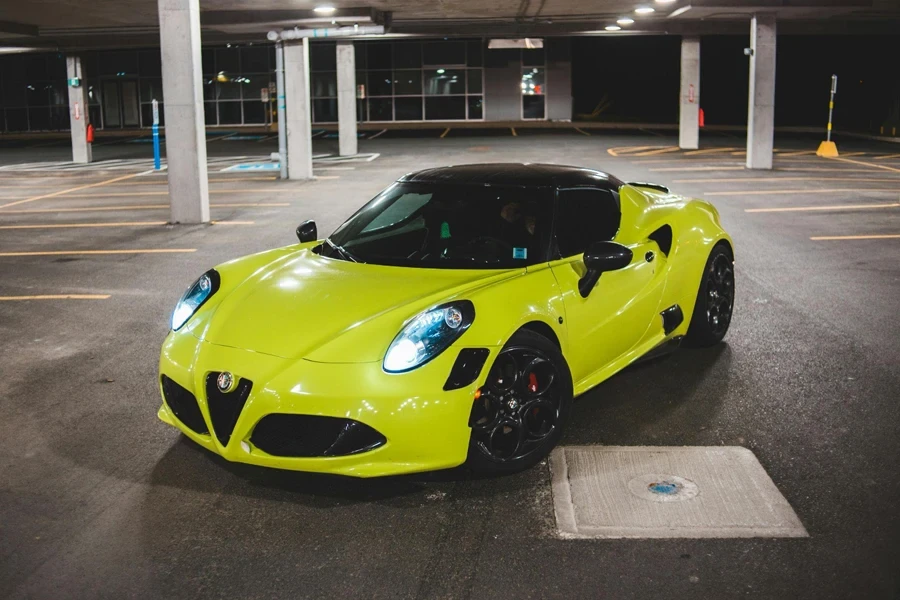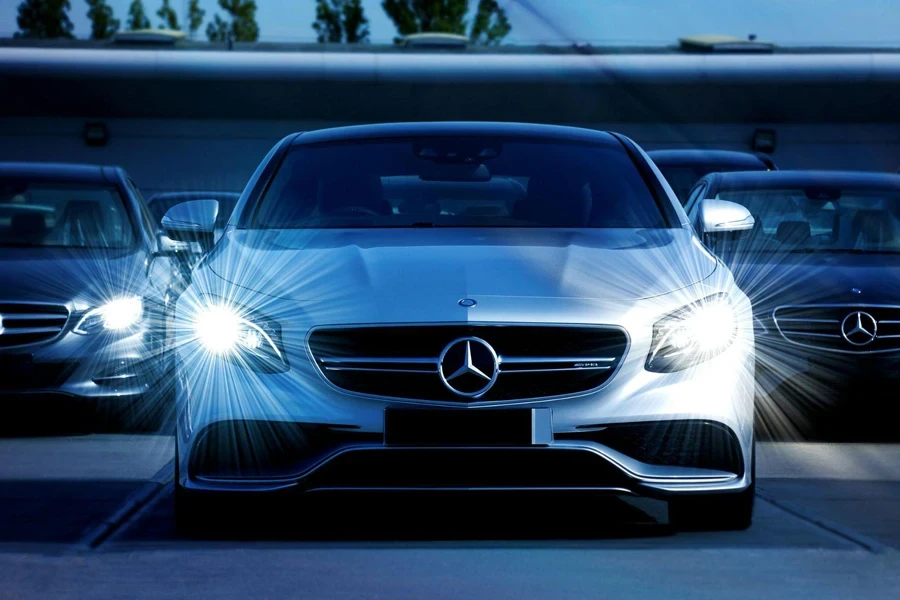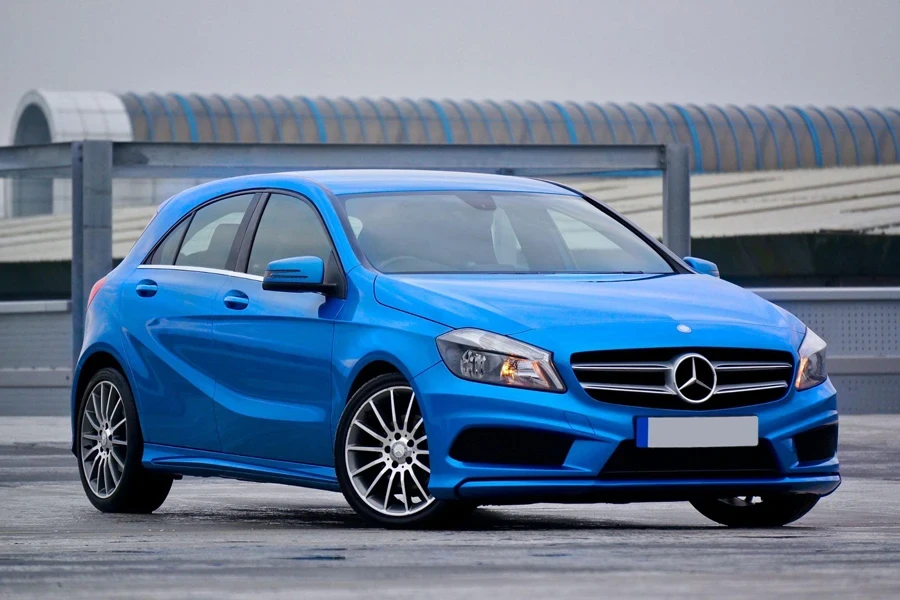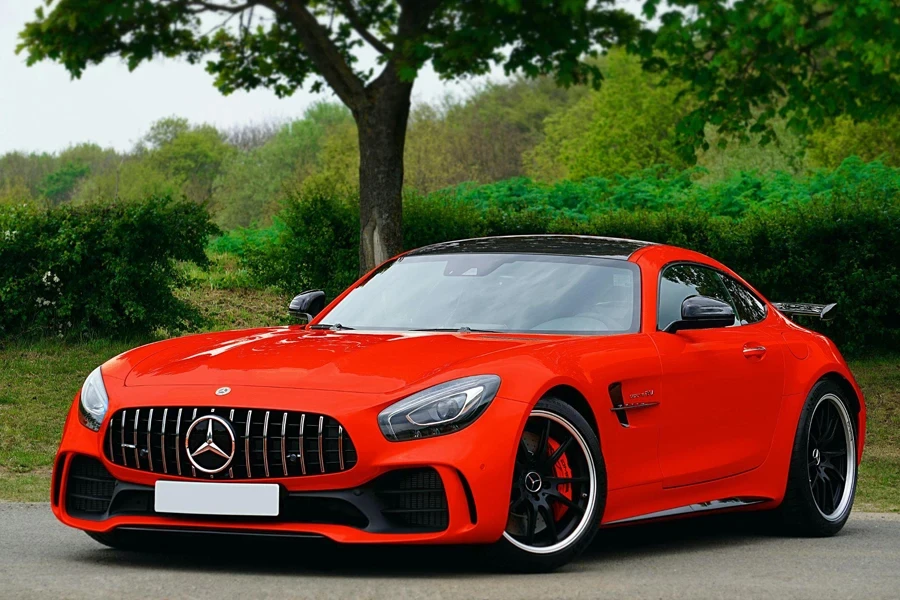Table of Contents
● Introduction
● Market overview
● Key technology and design innovations
● Top-selling models driving market trends
● Conclusion
Introduction
The automotive lighting sector is changing due to the fast acceptance of LED headlights. These cutting-edge lighting options provide visibility and energy efficiency while enhancing vehicles’ visual attractiveness. LED headlights strengthen road safety and shape the overall design of cars by giving them a contemporary and stylish appearance. Given their performance and extended lifespan compared to traditional halogen and xenon lights, LED headlights are swiftly taking over the market at an increasing rate. Advancements in technology and safety regulations are pushing the transition toward energy solutions in the automotive industry. Decreased production costs and the introduction of features such as driving beams and OLED innovation are expected to boost the popularity of LED headlights significantly. This guide explores the market trends, the technological progressions, and the best-selling models influencing the direction of automotive lighting powered by LED technology.
Market overview

Market scale and growth
According to a report by Fact.MR, the market for LED lights, is expected to experience substantial growth over the coming years. The projected increase is from $8.35 billion in 2024 to around $19.05 billion by 2034, indicating a Compound Annual Growth Rate ( CAGR ) of about 8.6%. The increase in demand is credited to the sector’s growing use of LED lighting options because of their performance and energy efficiency compared to traditional halogen and xenon lights and their longer lifespan. Car makers are integrating LED lighting into their vehicles frequently due to the expected increase in demand for these lighting options. Using LED lights offers better lighting, saves energy, and aligns with the global push for sustainability. The growth in the market isn’t just limited to producing vehicles but also extends to the aftermarket industry, where vehicle owners choose to improve safety and appearance by upgrading their lighting systems to LEDs.
CAGR and regional insights
Based on Fact. Mr. Data, the market is seeing a growth rate of 8.6% annually, mainly due to significant expansion in key regions like North America and East Asia. The North American market is predicted to see a substantial upswing driven by the increased adoption of LED technology in electric and traditional vehicles supported by strict safety standards. Meanwhile, East Asia is set for growth with an expected annual increase of 13% between 2024 and 2034, fueled by China and Japan’s thriving automotive manufacturing industries. Consumers’ growing interest in energy-saving and high-tech lighting options is noteworthy in this context. Policies implemented by governments to enhance road safety and energy conservation also play a role in boosting the market within these areas. Consequently, East Asia is poised to emerge as a center for automotive LED lighting, leading to a considerable market expansion.
Key technology and design innovations

LED vs. traditional lighting
According to Fact, LED headlights have benefits compared to conventional lighting options such as halogen and xenon lights. Regarding energy efficiency and longevity, LED lights outperform their counterparts by consuming up to 75% less power and lasting significantly longer. Unlike halogen lights, which consume more energy and have shorter lifespans, LEDs offer superior illumination, reducing ownership costs. While xenon lights are brighter, they take longer to reach full brightness and are more challenging to install. LEDs are versatile. It can be molded into different shapes to improve the functionality and appearance of car lights in modern vehicles.
Adaptive driving beam (ADB) systems
Fact.MR states that adaptive driving beam (ADB) systems are a game changer in lighting by delivering constant high beams without dazzling other drivers on the road ahead of you. These advanced systems can adjust the headlight beam automatically to ensure visibility without causing discomfort to fellow motorists. Such technology plays a role in enhancing road safety in busy traffic zones and during dim lighting situations. HELLA’s premium adaptive driving beam technology is an excellent illustration, offering precise light distribution tailored to different driving conditions. The growing use of ADB systems in cars showcases the industry’s dedication to enhancing safety with lighting solutions.
OLED technology
According to Mordor Intelligences ‘ report findings, OLED technology is becoming increasingly promising in terms of lighting innovation. OLED technology offers light distribution and great flexibility for creating distinct and elaborate lighting designs. Currently found in luxury vehicles for exterior lighting uses, this technology is still undergoing research and development but is anticipated to gain popularity in the luxury car market in the coming years. OLED technology holds promise for creating personalized lighting options and improving the visual appeal of vehicles, attracting significant attention from companies specializing in automotive lighting design.

Energy efficiency and cost challenges
Even though LED headlights offer benefits in terms of efficiency and longevity, reducing production costs remains a challenge for manufacturers. Mordor Intelligence notes that materials like indium gallium nitride and aluminum gallium arsenide used in LEDs contribute to production expenses. Ongoing technological progress is aimed at lowering these costs. Manufacturers are exploring ways to streamline production methods and create cost materials without compromising quality. As LED technology advances, production costs are anticipated to decrease, making LED headlights more affordable for various vehicles. This cost decrease is expected to encourage the widespread use of LEDs in the automotive sector.
Top-selling models driving market trends
Popular models and their features
Many popular car models with LED headlights are setting the trend in the market now. For instance, electric vehicles like the Tesla Model 3 and Nissan Leaf frequently incorporate LED headlights due to their energy efficiency and durability. These headlights provide brightness and focused light output, improving visibility and safety. Carifex reports that the LED headlights in these models significantly prolong battery life by using more power than conventional halogen or HID bulbs. In addition to that benefit, their size enables the creation of stylish and cutting-edge car designs—a significant feature that appeals to contemporary car buyers.
Consumer preferences
Many people nowadays prefer LED headlights because of their advantages. One key benefit is their improved visibility since LED headlights give off more focused light for better road illumination. This contributes to driving by enabling motorists to spot obstacles and road signs sooner. NAOEVO highlights the energy efficiency of LED headlights as another aspect because they use much less power compared to other types of lights. This feature is especially beneficial for vehicles. LED bulbs also have the added benefit of being long-lasting since they can stay illuminated for as long as 20,000 hours before needing to be replaced regularly or incurring high maintenance expenses.

Case studies of leading brands
Top-tier companies such as OSRAM and HELLA are paving the way in the market trends with their cutting-edge LED lighting solutions, alongside Koito Manufacturing leading the pack well, according to NAOEVO reports.OSRAM is recognized for its lighting products that boast reliable power and durability, with over 110 years of expertise underpinning their success. While HELLA has made strides in the industry with its high-resolution headlights powered by matrix LED technology, offering lighting to improve safety measures for drivers. With advanced LED technologies, Koito Manufacturing is a player in the industry that works to enhance vehicle performance and overall look.
Innovations by major players
Major companies have been introducing technologies that are pushing the market ahead recently. According to reports, the advanced matrix LED headlights from HELLA and Valeo’s premium adaptive driving beam (ADB) technology are key examples. HelLAs ADB systems ensure high beams without blinding others by changing the light pattern according to the road conditions. This innovation greatly improves safety when driving at night. Moreover, OSRAM is advancing OLED technology. It is anticipated to gain popularity in high-end vehicles because of its capacity to emit light over wide surfaces with minimal energy usage. These advancements establish benchmarks in automotive lighting, making LED headlights the favored option for producers and buyers.
Conclusion

LED headlights will change the automotive lighting industry by providing top-notch performance and ongoing technological progressions as production costs decrease. Scripted content shows that these lights are becoming widely available as they become more affordable for various vehicle categories. Advanced features like driving beams and OLED technology establish new safety efficiency benchmarks and designs. Major corporations like OSRAM HELLA and Koito Manufacturing are leading the charge in this advancement by integrating cutting-edge technologies that enhance visibility while reducing energy usage and extending the lifespan of lighting systems.LED headlights have gained popularity among consumers for their brightness, lasting performance, and energy-efficient features that align with the growing emphasis on environmental sustainability. The move towards using LED headlights is expected to influence the future of car lighting, improving safety and driving comfort while contributing to modern vehicles’ functional features. The continuous advancement in LED technology highlights its position in shaping the automotive industry’s trajectory.




